Advertisement
You’ve probably heard the name “ChatGPT” tossed around, whether it was in an office conversation, a headline, or a group chat. But what is it exactly? At its core, ChatGPT is an AI assistant developed by OpenAI. And no, you don’t need to be a coder or tech-savvy to use it. It’s designed to make life easier, whether you're writing a birthday message, summarizing a report, or figuring out what to cook with two tomatoes and half an onion. Without any further ado, let’s walk through how it works, how you can start using it right now, and what it’s actually useful for.
You don't need to download anything or install special software. All you need is an internet connection and a browser. Head over to chat.openai.com, create an account (it's free to start), and you're in. That's it. Once you're logged in, you'll see a simple chatbox that looks like the kind you've seen on messaging apps. Just type your question or request like you're texting a friend and hit enter.
Want a grocery list for a week of vegetarian meals? Ask for it. Need to rewrite an email so it doesn't sound passive-aggressive? It's got you. Wondering what to say in a wedding toast? Yep, it can help with that, too. No complicated steps and no learning curve. If you can use Google or send a message on WhatsApp, you can use ChatGPT. You read it right!
It’s not just about getting information — it’s about how the tool adapts to what you need. Let’s say you’re a student. You can use it to summarize dense reading material, brainstorm project ideas, or practice flashcard-style questions. And if you’re a small business owner, it can help draft product descriptions, format a newsletter, or sketch out a social media caption.
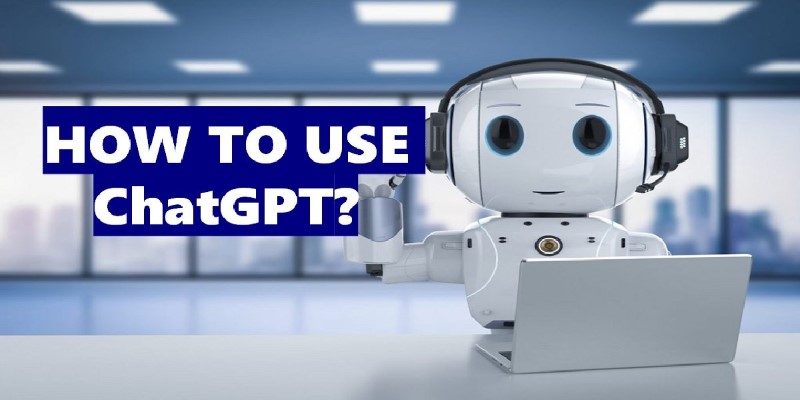
Here are a few examples of the kinds of things people commonly ask:
You can be direct, casual, vague, or oddly specific — and the AI will try to figure out what you're aiming for. The more detail you give, the better your results tend to be. But it's flexible enough to handle last-minute, rushed, and half-typed-out messages, too.
The real secret to using ChatGPT well is not about knowing code or technical tricks — it’s just about how you ask.
You don't have to use formal language. In fact, the more natural your phrasing, the easier it is for the model to understand. "Can you help me plan a weekend trip to Kyoto with two kids?" works better than "Provide a weekend itinerary for a Japanese city."
Asking for too much in one go can lead to confusing results. If you want a blog post, a tweet thread, and a summary all on the same topic, break those into three separate prompts.
Starting your prompt with something like "Act as a high school science teacher" or "Pretend you're a resume coach" can help steer the tone and focus. It's surprisingly good at adapting to different "voices" or roles.
Don't treat each question like a new tab. You can follow up in the same thread. So if you ask for a recipe and it gives you something that sounds too complicated, just reply, "Can you simplify that?" or "Make it without dairy?"
One of the best ways to use ChatGPT is by feeding it something you've already written. Maybe you have a cover letter draft you're not sure about or a paragraph that feels clunky. Paste it in and ask, "Can you tighten this up?" or "Make this sound more confident." It works well as a second set of eyes.
Now, it's not perfect. It doesn't always know what day it is, it can't browse the internet (unless you're using the pro version with web access), and it sometimes makes mistakes or gives vague answers. So, if you're looking for something time-sensitive, legal, or medical — take its output with caution.
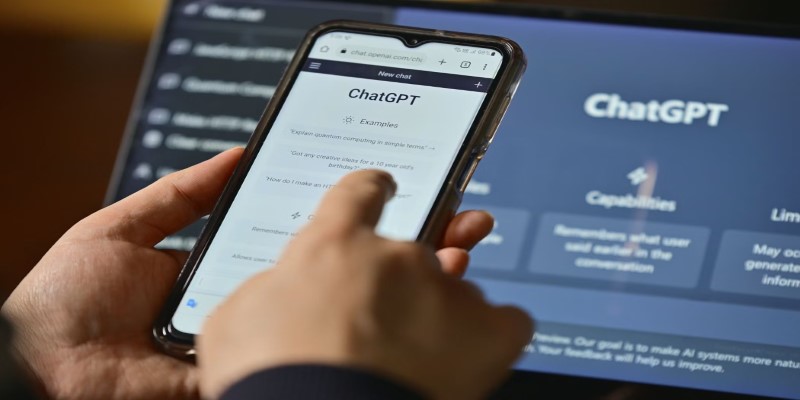
But for everyday tasks? It’s kind of a no-brainer. It saves time, helps organize scattered thoughts, and can turn a blank page into a starting point. Use it when:
Just don’t ask it to replace actual human advice in areas where getting things wrong can really matter.
ChatGPT isn't just for techies or people working in AI. It's a tool you can use in your day-to-day life, no matter your job or background. Think of it like a really patient assistant who's always available, never sleeps, and doesn't get annoyed when you change your mind. You don't need to overthink your prompts or know how it works under the hood — just type what's on your mind and go from there. Once you try it, it's hard not to make it part of your routine. Hope you find this info worth reading. Stay tuned for more interesting yet helpful guides.
Advertisement

Wondering how to turn a single image into a 3D model? Discover how TripoSR simplifies 3D object creation with AI, turning 2D photos into interactive 3D meshes in seconds

Multimodal artificial intelligence is transforming technology and allowing smarter machines to process sound, images, and text
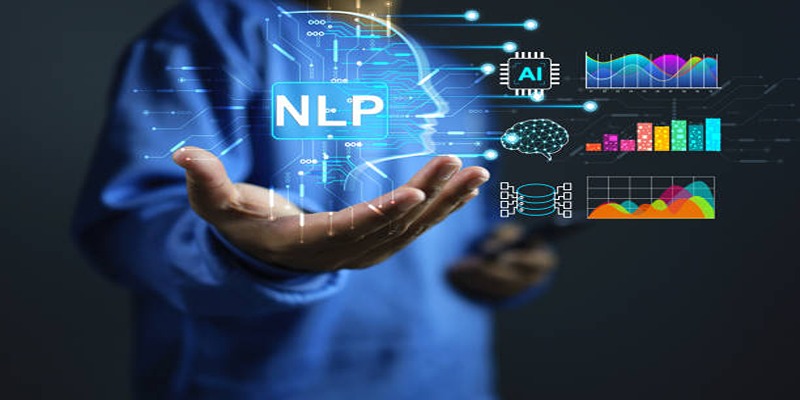
Explore how Natural Language Processing transforms industries by streamlining operations, improving accessibility, and enhancing user experiences.
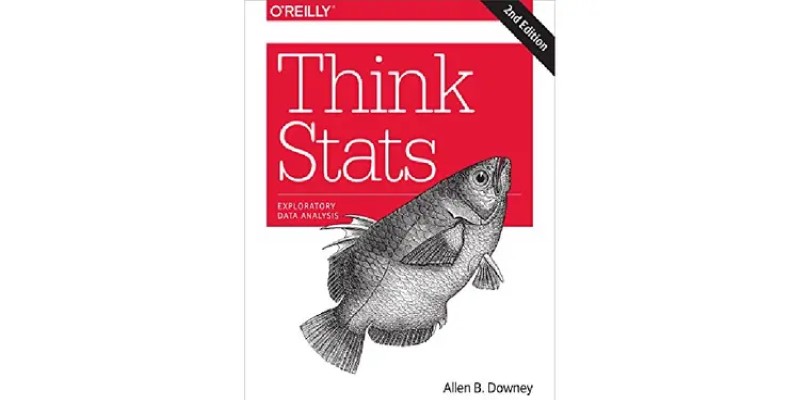
Want to master statistics for data science? Check out these 10 essential books that make learning stats both practical and approachable, from beginner to advanced levels

How can AI make your life easier in 2025? Explore 10 apps that simplify tasks, improve mental health, and help you stay organized with AI-powered solutions
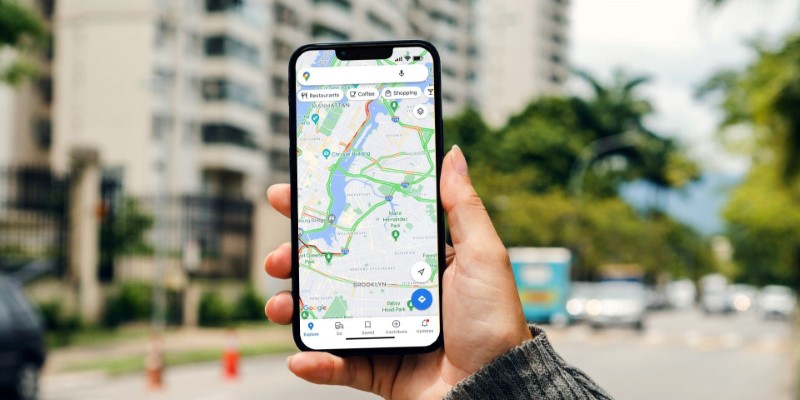
What makes Google Maps so intuitive in 2025? Discover how AI features like crowd predictions and eco-friendly routing are making navigation smarter and more personalized.

Not all AI works the same. Learn the difference between public, private, and personal AI—how they handle data, who controls them, and where each one fits into everyday life or work

Heard about on-device AI but not sure what it means? Learn how this quiet shift is making your tech faster, smarter, and more private—without needing the cloud

Discover how Snowflake empowers EdTech vendors with real-time data, AI tools, and secure cloud solutions for smarter learning

AWS SageMaker suite revolutionizes data analytics and AI workflows with integrated tools for scalable ML and real-time insights

Discover how GenAI transforms supply chain management with smarter forecasting, inventory control, logistics, and risk insights
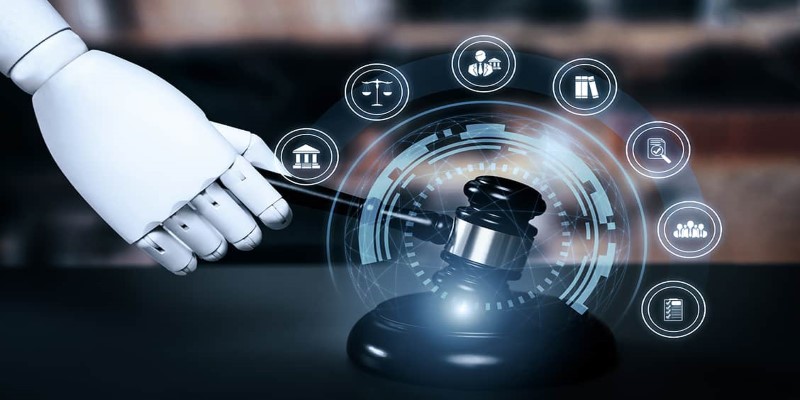
Wondering who should be in charge of AI safety? From governments to tech companies, explore the debate on AI regulation and what a balanced approach could look like